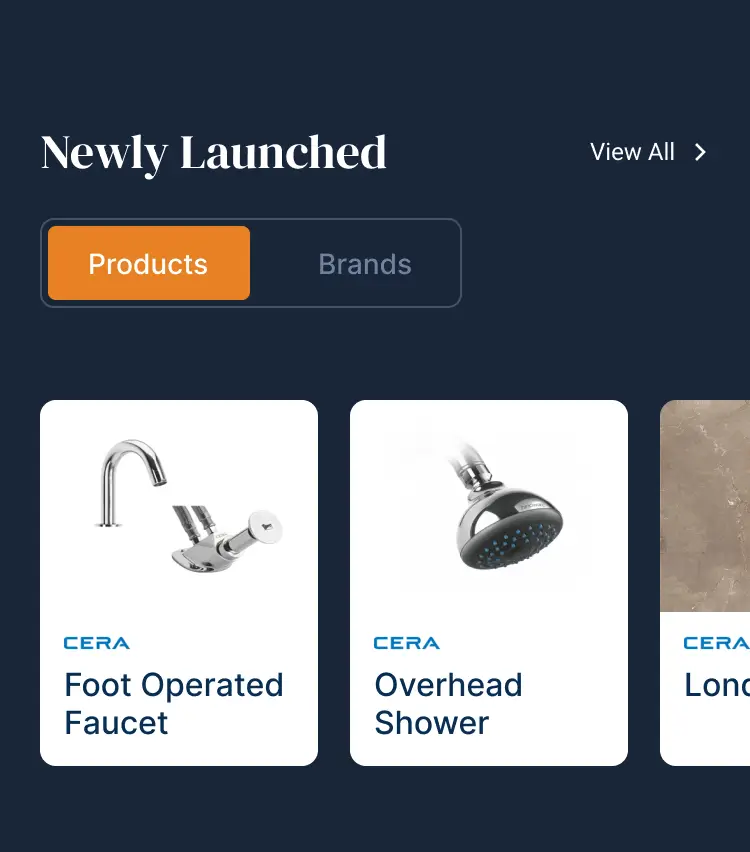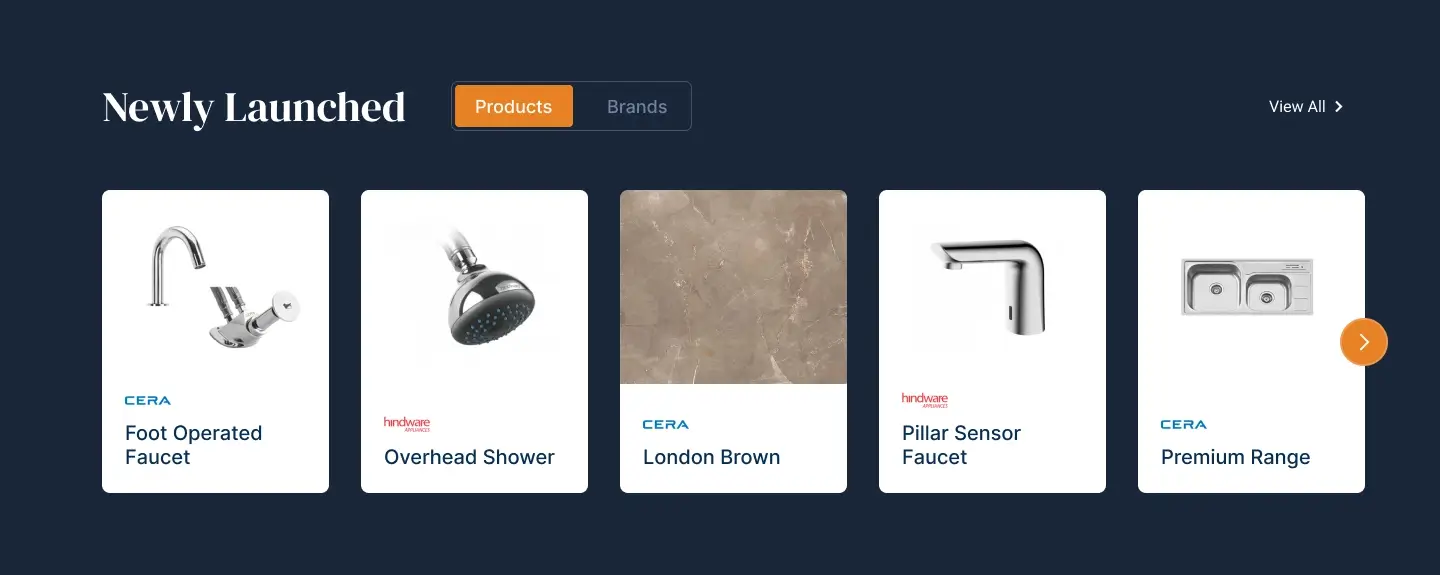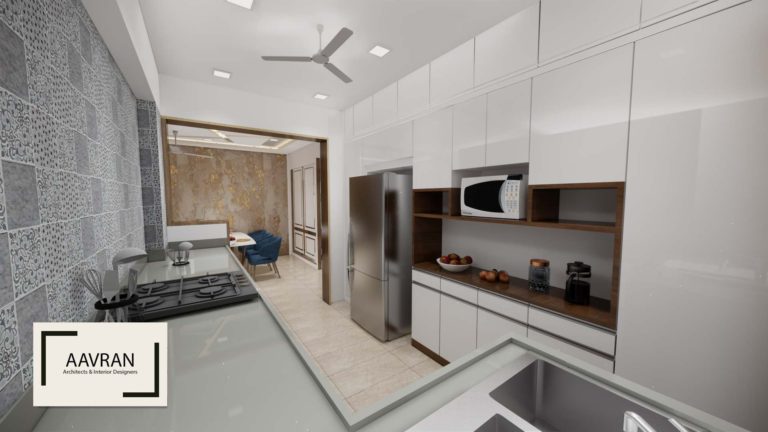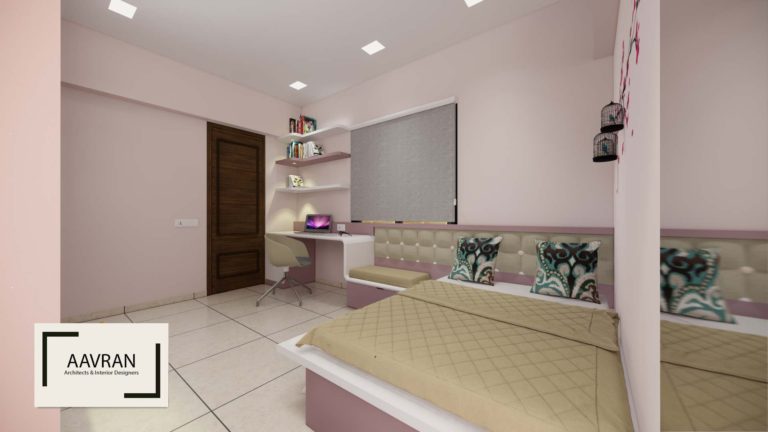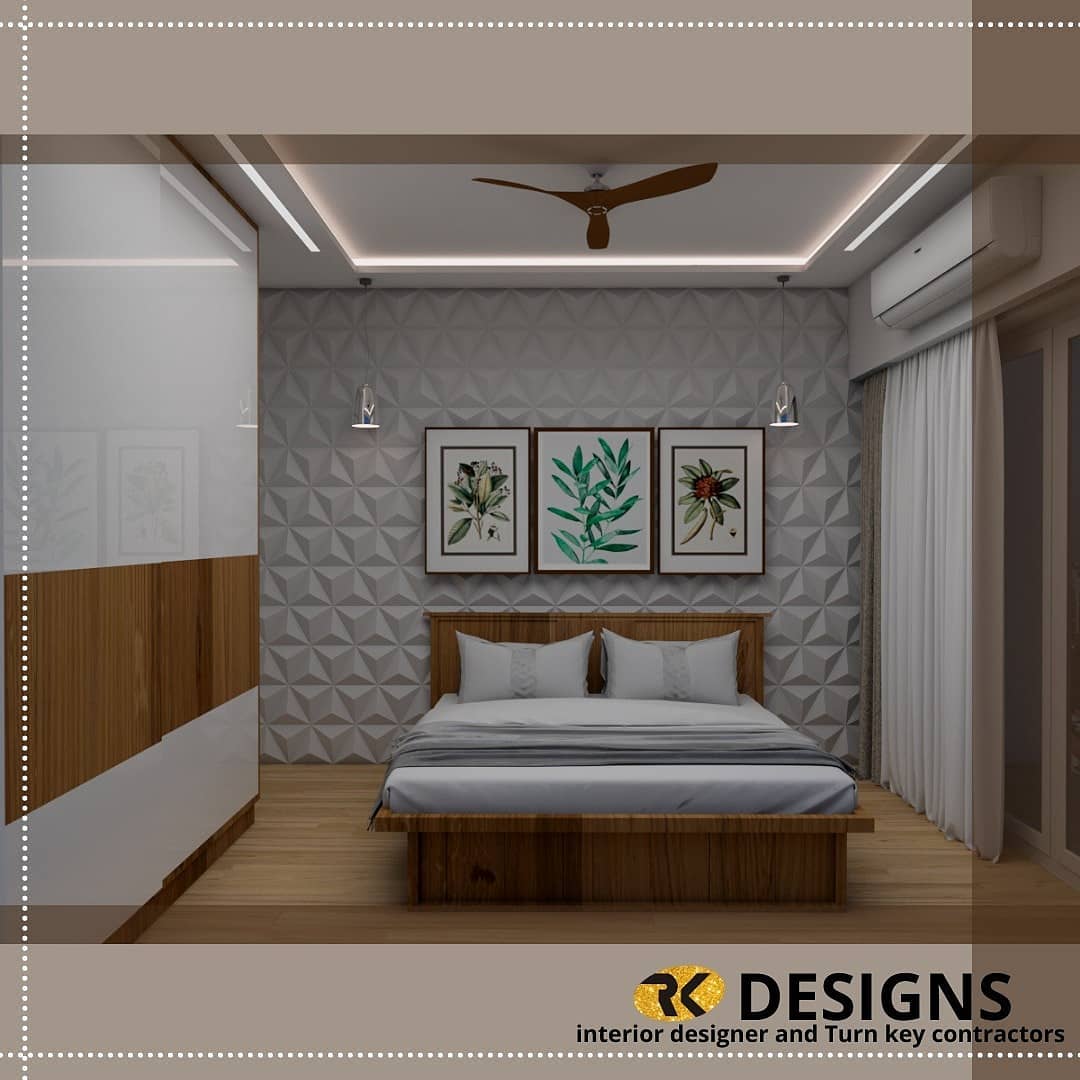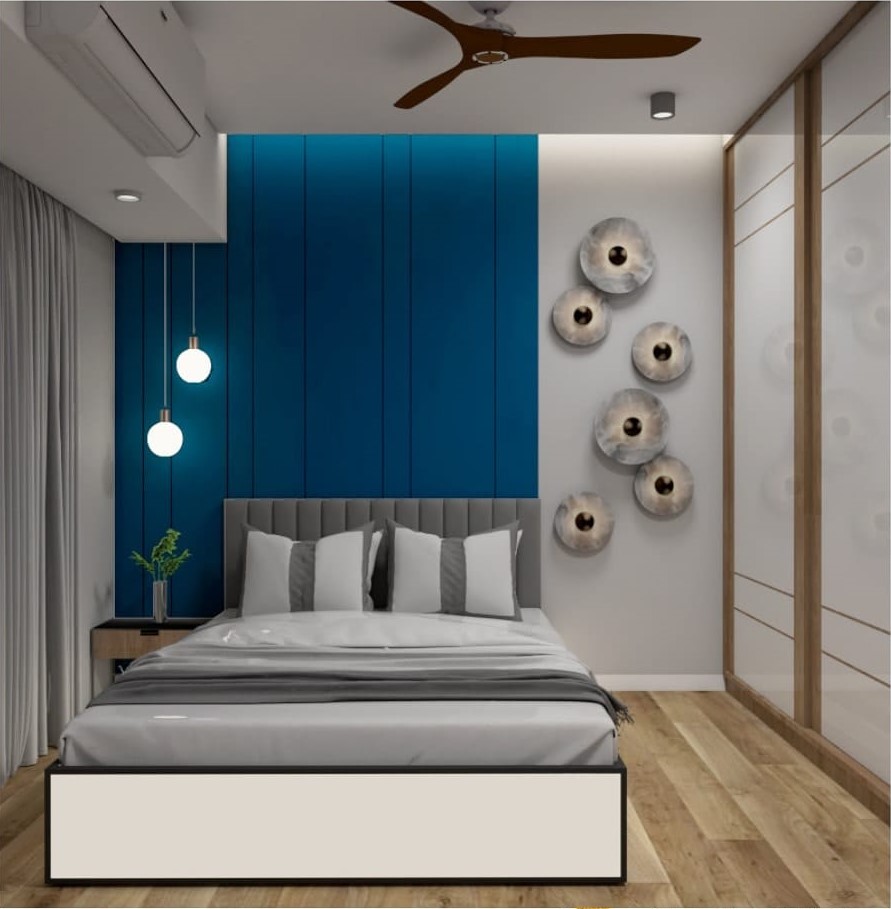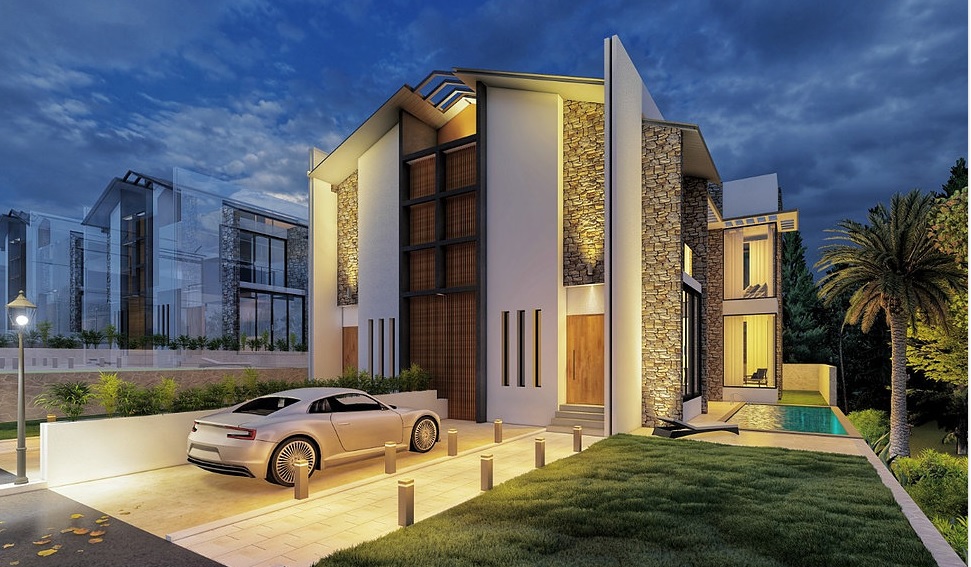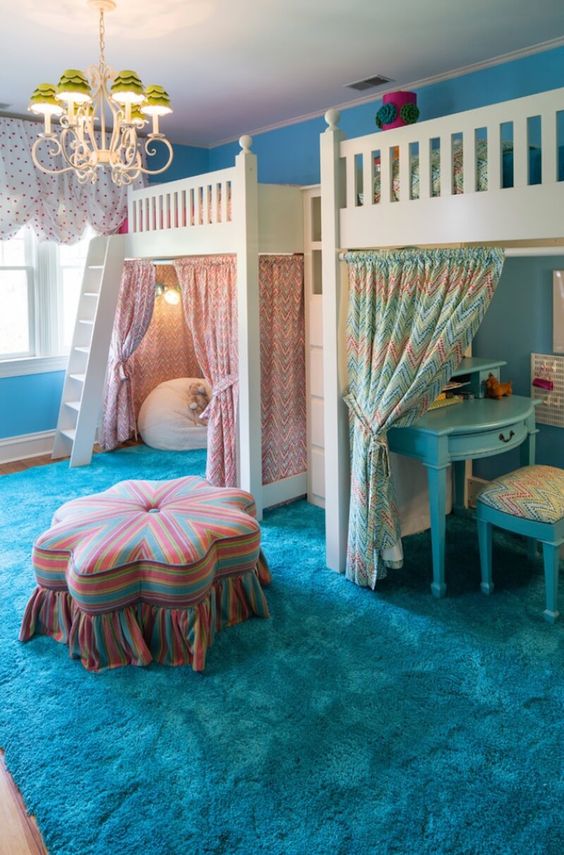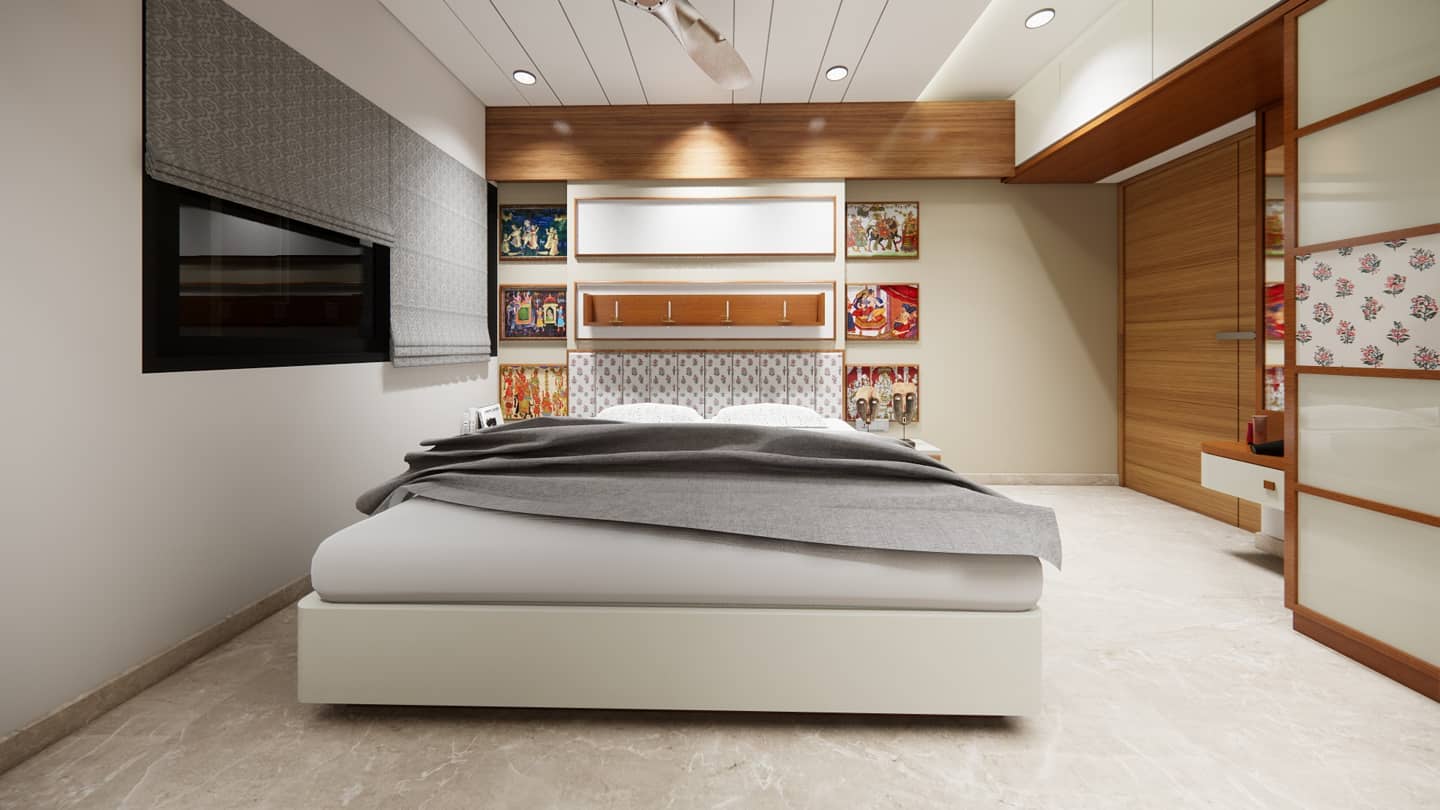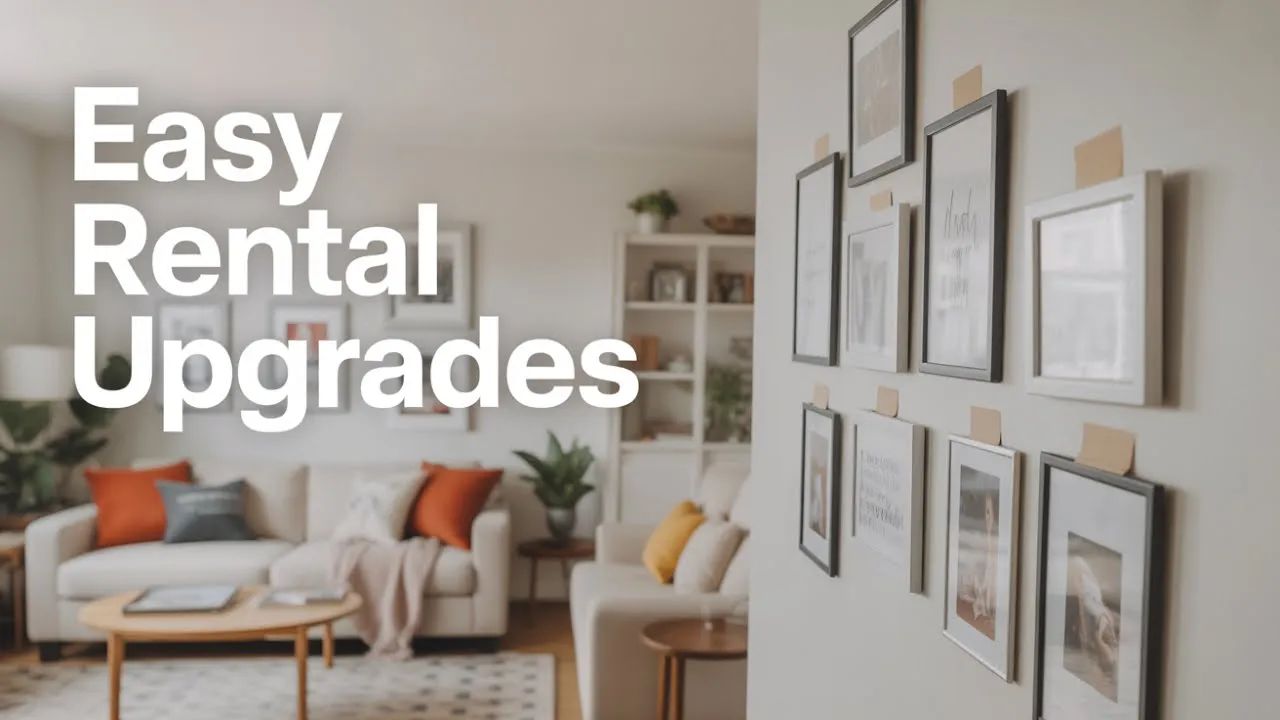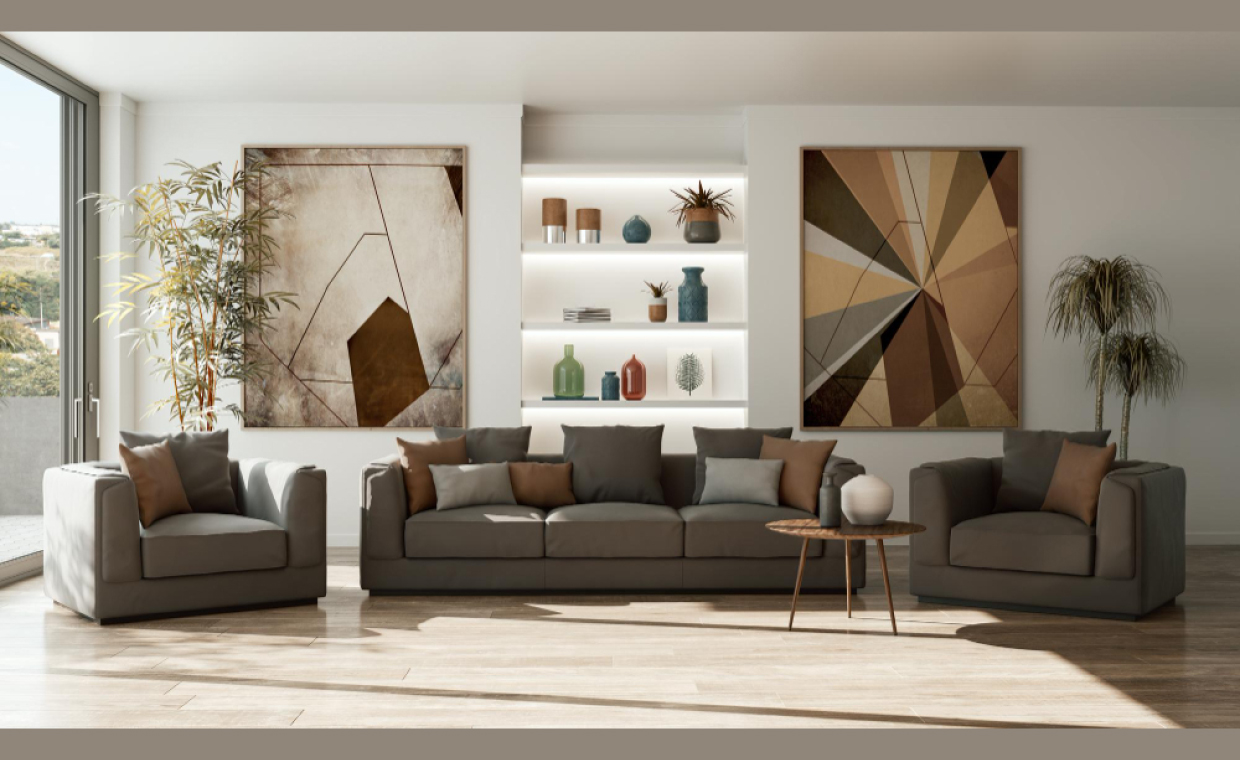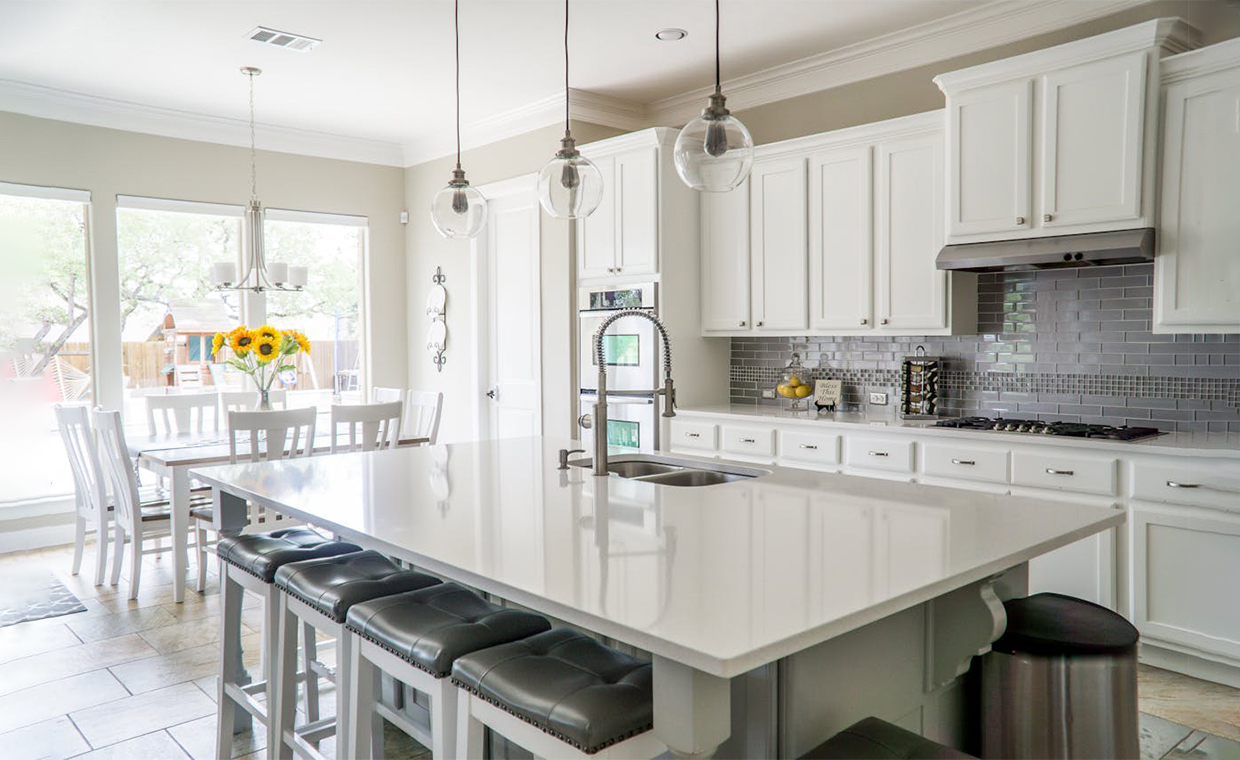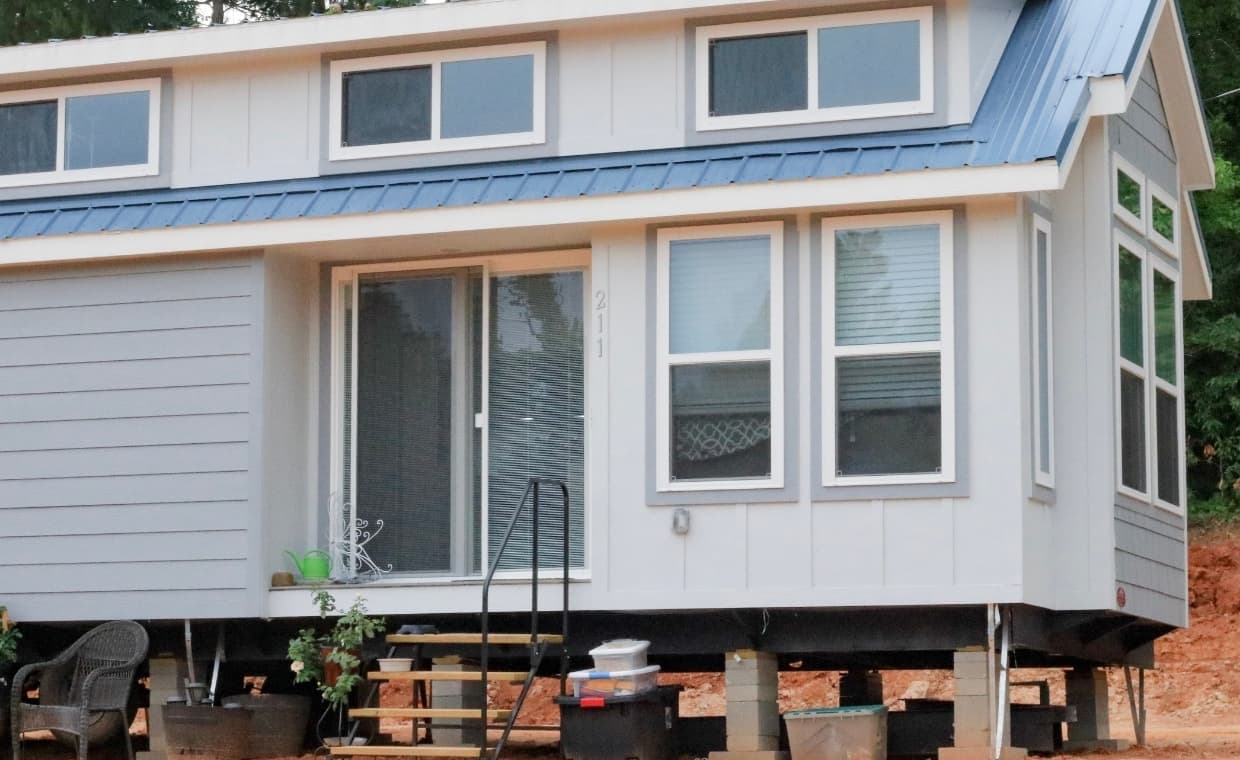
Table of Contents
Quick Overview
Here is the short summary on why custom tiny homes cost more:
- To build custom tiny house, architects and engineers have to solve space, weight, ventilation, and layout challenges.
- Higher durability from hardwood, advanced insulation, custom fixtures.
- There are some hidden costs includes such as regulatory compliance, certifications, permits, land, and utility hookups which add thousands.
- The benefits of custom tiny homes are personalized layouts, lifestyle-specific features, durable construction, smart technology and efficient-energy use.
- Major expenses are skilled labour, premium materials, and design or planning fees.
- Ideal buyer for custom tiny homes is long-term residents, people with specific needs, financially stable homeowners.
The tiny home movement has captured imaginations across America. These compact living spaces average just 225 square feet, yet they promise something big financial freedom and simplified living. Standard tiny homes offer an affordable path to homeownership, but custom tiny homes tell a different story entirely.
Custom-built tiny homes command prices that can reach $150,000 or more. That’s a significant jump from the $30,000-$80,000 range of standard models. What makes these personalized homes so expensive? The answer lies in the intricate details that transform a basic shelter into a perfectly tailored living experience.
The Price Tag Behind Perfect Design

Creating custom tiny homes starts with one simple truth: every decision cost money. Unlike cookie-cutter alternatives, these tiny homes require months of planning and specialized skilled expertise. Each project demands creative solutions and premium materials.
1. When Architects Meet Micro-Living Challenges
The design phase alone separates custom tiny homes from their standard counterparts. Professional architects and engineers spend countless hours solving problems that don’t exist in traditional construction. They must fit a complete home’s functionality into a space smaller than most garages.
Weight distribution becomes critical for homes built on trailers. Ventilation systems need careful planning in compact spaces. Every electrical outlet and plumbing fixture require precise placement to maximize the limited square footage available.
The complexity multiplies when owners request unique features. A fold-down desk that doubles as a dining table needs structural engineering. Custom loft spaces require safety calculations and specialized supports.
2. Materials That Make or Break the Budget
Standard tiny homes use basic materials to keep costs down. Custom builds take a different approach entirely. Premium hardwood replaces vinyl flooring. Solid wood cabinetry replaces particle board alternatives. High-performance insulation systems replace basic options.
These upgrades serve a purpose beyond aesthetics. Mobile homes face unique stresses that stationary houses never encounter. Good quality materials provide durability and longevity that basic alternatives cannot match.
Specialized fixtures can add the following expenses:
- Composting toilets designed for small spaces
- Tankless water heaters with precise sizing
- Marine-grade plumbing systems
- Custom storage solutions with specialized hardware
Each component requires research, custom installation, and often modification to fit the space constraints.
Hidden Costs That Surprise First-Time Builders

The price represents just the beginning of custom tiny home expenses. Hidden costs lurk in regulations, certifications, and location requirements that can add more money to your final bill.
1. Navigating the Regulatory Maze
Building a custom tiny home face complex legal requirement. Homes built on wheels must meet both building codes and vehicle safety standards. This dual compliance creates regulatory challenges that standard builds can avoid.
RVIA certification provides legal protection but costs extra. Building code compliance varies by location, and custom designs often need additional engineering reports. Some municipalities require special permits for homes that deviate from standard dimensions.
The paperwork alone can consume weeks of time and thousands of dollars in fees.
2. The Land Problem Nobody Talks About
Every tiny home needs somewhere to park. Custom builds face additional challenges in finding suitable locations. Premium homes often require locations that complement their design and functionality.
Rural properties with utility access command high rental prices. Urban tiny home communities charge premium rates for custom builds. The location costs can easily match the monthly apartment rent in many areas.
Utility connections present another expense category:
- Electrical system upgrades for high-end homes
- Water and sewer connections for stationary builds
- Septic systems for rural locations
- Internet and cable infrastructure
What Makes Custom Investment Worthwhile?
Despite higher costs, custom tiny homes deliver value that standard models cannot match. The benefits extend beyond mere aesthetics into practical daily living improvements and long-term financial advantages.
1. Living Spaces That Actually Work
Custom tiny homes eliminate the compromises that plague standard models. Every storage solution serves a specific purpose. Every fixture placement considers daily routines. Every design element supports the owner’s actual lifestyle rather than forcing adaptation to predetermined layouts.
A professional chef can prioritize commercial-grade appliances and expanded counter space. A remote worker can optimize lighting and acoustics for a dedicated office area. A musician can design storage for instruments and soundproofing for practice sessions.
These personalizations transform daily routines. No more awkward layouts that waste precious square footage. No more storage solutions that don’t match actual belongings.
2. Quality Construction That Lasts Decades
Custom tiny home builders use construction techniques that exceed standard industry practices. Metal framing provides superior durability compared to wood alternatives. Advanced insulation systems prevent the condensation problems common in basic builds.
The quality difference appears in subtle details. Proper moisture barriers protect against humidity damage. Electrical systems accommodate future needs without cable management nightmares. Interior trim work and cabinet construction reflect higher standards when time and budget allow proper craftsmanship.
Well-built custom homes maintain structural integrity for decades with proper maintenance. Standard builds might require major repairs after just a few years of use.
3. Smart Features That Enhance Daily Life
Technology integration sets custom tiny homes apart from basic alternatives. Smart home systems, advanced security features, and energy management systems require custom installation that standard builds cannot accommodate.
Solar installations can be designed into the structure rather than added as obvious afterthoughts. Advanced climate control maintains comfortable temperatures without the hot spots and cold zones common in standard builds.
Custom storage solutions can double or triple functional space compared to generic alternatives. Hidden compartments, multi-purpose furniture, and built-in organizers maximize every cubic inch.
Breaking Down the Real Numbers
Understanding custom tiny home costs requires looking beyond the initial price tag. Multiple factors contribute to the final investment, and smart buyers consider both upfront and ongoing expenses.
1. Where the Money Actually Goes
Labor represents the largest expense category in custom builds. Skilled craftspeople who understand micro-construction techniques command premium rates. Cabinet makers, electricians, and plumbers with tiny home experience charge more because they solve unique problems.
Materials account for another significant portion of costs. Premium fixtures, high-end appliances, and specialized hardware add up quickly. Custom millwork and built-in furniture require both materials and skilled labour to execute properly.
Design and planning fees often surprise first-time builders. Professional architects and engineers charge for their expertise, and complex custom projects require more time and attention than standard designs.
2. Long-Term Financial Benefits
Energy-efficient design reduces utility costs significantly compared to standard builds. High-quality construction means fewer repair emergencies and longer intervals between major maintenance projects.
Custom tiny homes hold value better in the resale market. Exceptionally well-designed builds can maintain significant portions of their original value. The key lies in choosing features and locations that remain desirable as the market evolves.
Some custom builds in desirable locations actually appreciate modestly, unlike standard models that typically depreciate from the moment they’re completed.
When Custom Makes Sense
Custom tiny homes work best for specific situations and buyer profiles. Understanding these scenarios helps potential owners make informed decisions about whether the premium investment aligns with their goals.
1. Ideal Candidates for Custom Investment
Long-term residents benefit most from custom features and premium construction. Buyers planning to live in their tiny home for many years can justify higher upfront costs through improved daily experiences and reduced maintenance expenses.
People with specific lifestyle requirements often find standard models inadequate. Artists, musicians, remote workers, and hobbyists may need specialized spaces that only custom designs can provide.
Financial stability makes custom investment practical. Buyers should have sufficient resources to invest in quality without compromising overall financial health or emergency savings.
2. Market Conditions That Favor Custom Builds
Regional markets with strong tiny home communities support higher-end custom builds. Areas with favorable zoning laws and established tiny home parks provide stable locations for premium homes.
Growing acceptance of tiny homes as legitimate housing creates demand for quality construction. Sophisticated buyers recognize the difference between basic and premium builds, supporting better resale values for custom homes.
The maturation of the tiny home movement creates opportunities for custom builders to establish reputations and develop specialized expertise.
Alternative Approaches to Consider
Custom tiny homes represent one option among several affordable housing alternatives. Comparing different approaches helps buyers make informed decisions about their housing strategy.
1. Other Affordable Housing Options
Manufactured homes start around the same price point as basic custom tiny homes, but offer more space and traditional financing options. Accessory dwelling units provide compact living with rental income potential. Co-living spaces offer shared amenities with lower individual costs.
Each alternative serves different needs and preferences. Tiny homes excel in mobility and minimalist living, while other options might better serve families or long-term wealth-building goals.
2. Hybrid Approaches That Balance Cost and Customization
Some builders offer semi-custom options that provide personalization at lower costs than full custom builds. Standard floor plans with custom finishes and fixtures can deliver many benefits of full customization while controlling expenses.
Kit homes with professional assembly offer another middle ground. Buyers can select premium materials and custom features while avoiding full design and engineering costs.
Summary
Custom tiny homes command premium prices for compelling reasons. The combination of specialized design, premium materials, skilled craftsmanship, and regulatory compliance creates costs that standard builds simply don’t face. Yet for the right buyers, these investments pay dividends through enhanced daily living, superior durability, and better long-term value retention.
The tiny home movement continues maturing, with custom builds representing the premium tier of an increasingly sophisticated market. As more people discover downsized living benefits, custom tiny homes will likely maintain their value proposition for buyers who can afford the investment and appreciate the resulting quality of life improvements.
Also Read: 5 Design Trends to Transform Your Tiny Home into a Cozy Space
FAQs on Custom Tiny Homes Cost
1. Why are Custom Tiny Homes More Expensive?
The custom tiny homes cost more due to professional design, premium materials and required skilled labour.
2. What Types of Materials are Used in Custom Tiny Homes Construction?
Hardwood flooring, wood cabinet, advanced insulation, marine-grade plumbing, and specialized fixtures like composting toilets or tankless heaters.
3. Do Custom Tiny Homes Hold Their Value?
Yes. High-quality and well-designed homes retain or sometimes appreciate in value, unlike most standard models.


